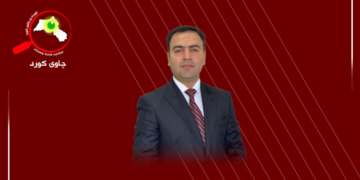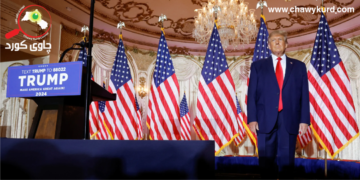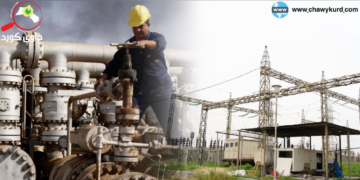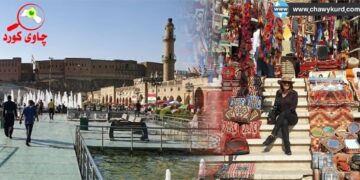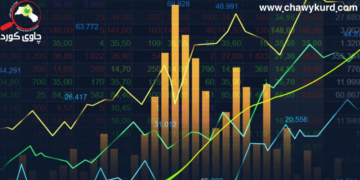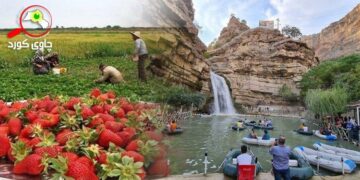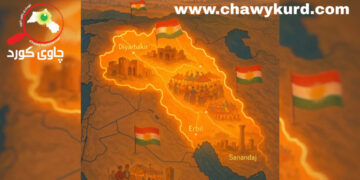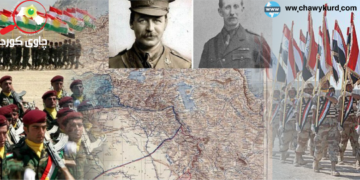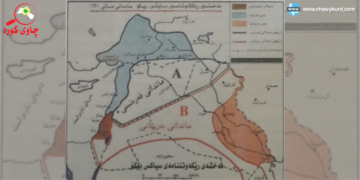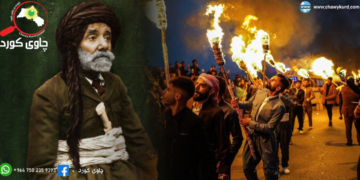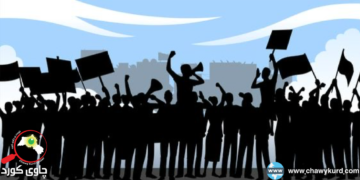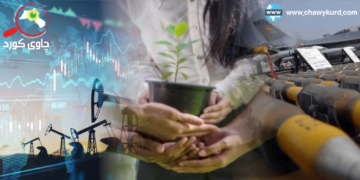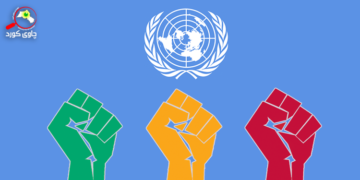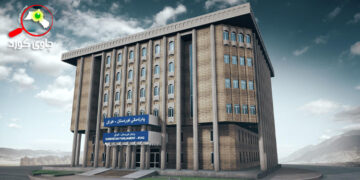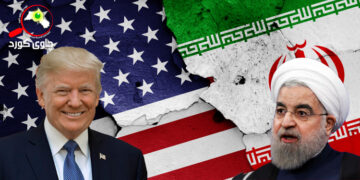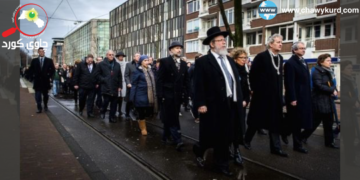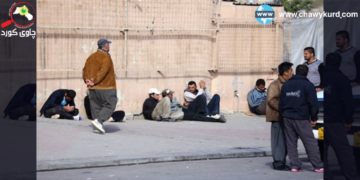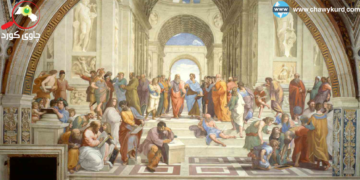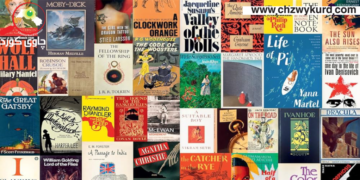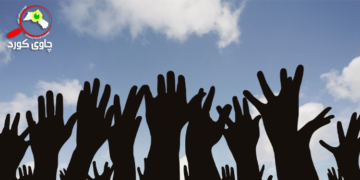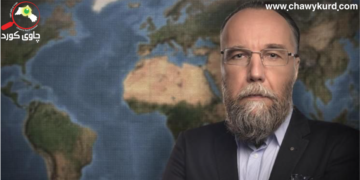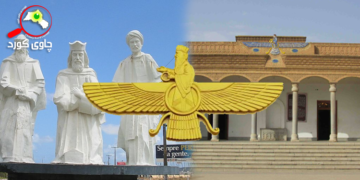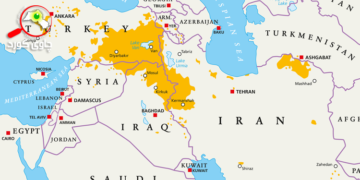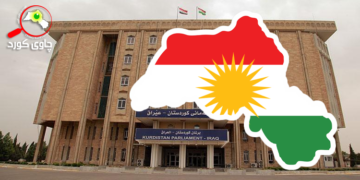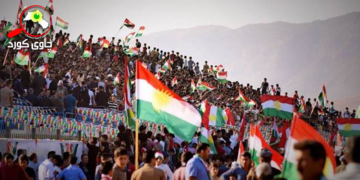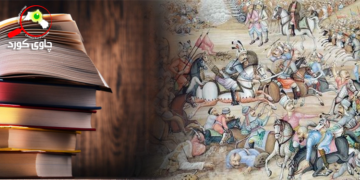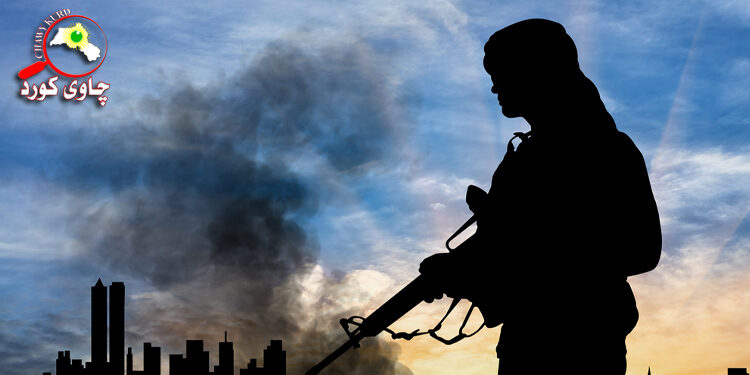The differences of the new wave of terrorism according to analysis of “Dabiq” magazine content
One of the best sources that can help researchers in order to know ideology of Isis is the English-language magazine of The Islamic State of Iraq and the Levant for Islamic (ISIS), which was published under the name of “Dabiq”. The magazine was first issued in 2014 to provide legitimacy to Caliphate through Islamic texts and religious meanings, and focusing on topics related to jihad and Tawhid. Analysis section of this magazine displays us a lot of interesting points. For example, one of the group’s most important and interesting topics is the historical philosophy of “resurrection day”. According to the analysis of Dabiq and the other publications like this, the resurrection day understanding is one of the group’s dynamic forces. Particularly, according to the detail of the magazine’s number three, the city of Dabiq, located near “Aleppo” is considered a vital place to oppose crusaders, and according to some narrations, the Battle of Dabiq is the first step towards forming an Islamic empire in the world.
Another prominent characteristic that separates Isis’s ideology from other groups is emphasizing on “migration” or “hijrat”. When they sized Mosul in the summer 2014, they called Muslims around the world to immigrate to the city. Because the word migration or hijrat has importance in Islamic meanings, and in Islamic tradition it refers to the prophet’s hijrat and migration from the city of Mecca to the city of Medina, which for the first time it became a cornerstone of the establishment of a government in Islam.
Another interest point in this section is that it separates Daaish from the wave of sectarian terrorism, and we can count it as a reflection of the fifth wave is a type of confrontation and self-arrangement during attacks on their enemies. While al-Qaeda knew well to attack the enemies on their own land, but Daaish required jihadist forces in Iraq and Syria confront the enemies. The September 11, 2011 incident was clear examples of the actions that “Bin Laden” used in other operations.
On the other hand, another side of Daaish’s ideology consisted from Baathist forces who joined the Daaish between 2008 to 2010. The Ba’athists are naturally secular and nationalist. Ideologically there is no closeness between the Salafis and the Ba’athists; but by return to the past, the two groups have seen new interests. They are both “above-national” movements and believe they can take power under the light of this common direction. From this point of view, it is clear to us that the arrival of Baathist forces into Daaish forces were played an effective role in the strengthening of the Daaish.
In this way, we see that by mixing two Baathist and Salafi ideologies, another wave was formed, which was different from the previous waves of international terrorism. Generally, it can be said that al-Qaeda’s purpose was more seeking to operations, but the purpose of the Daaish was despite operations, they were depending on utopian, energetics and resurrection day.
The appearance of fifth wave of terrorism (4)
0
SHARES
0
VIEWS
Translation Unit
The translation unit of Chawy Kurd center for political developments include of several expert translators from international languages who translate articles into Kurdish.





